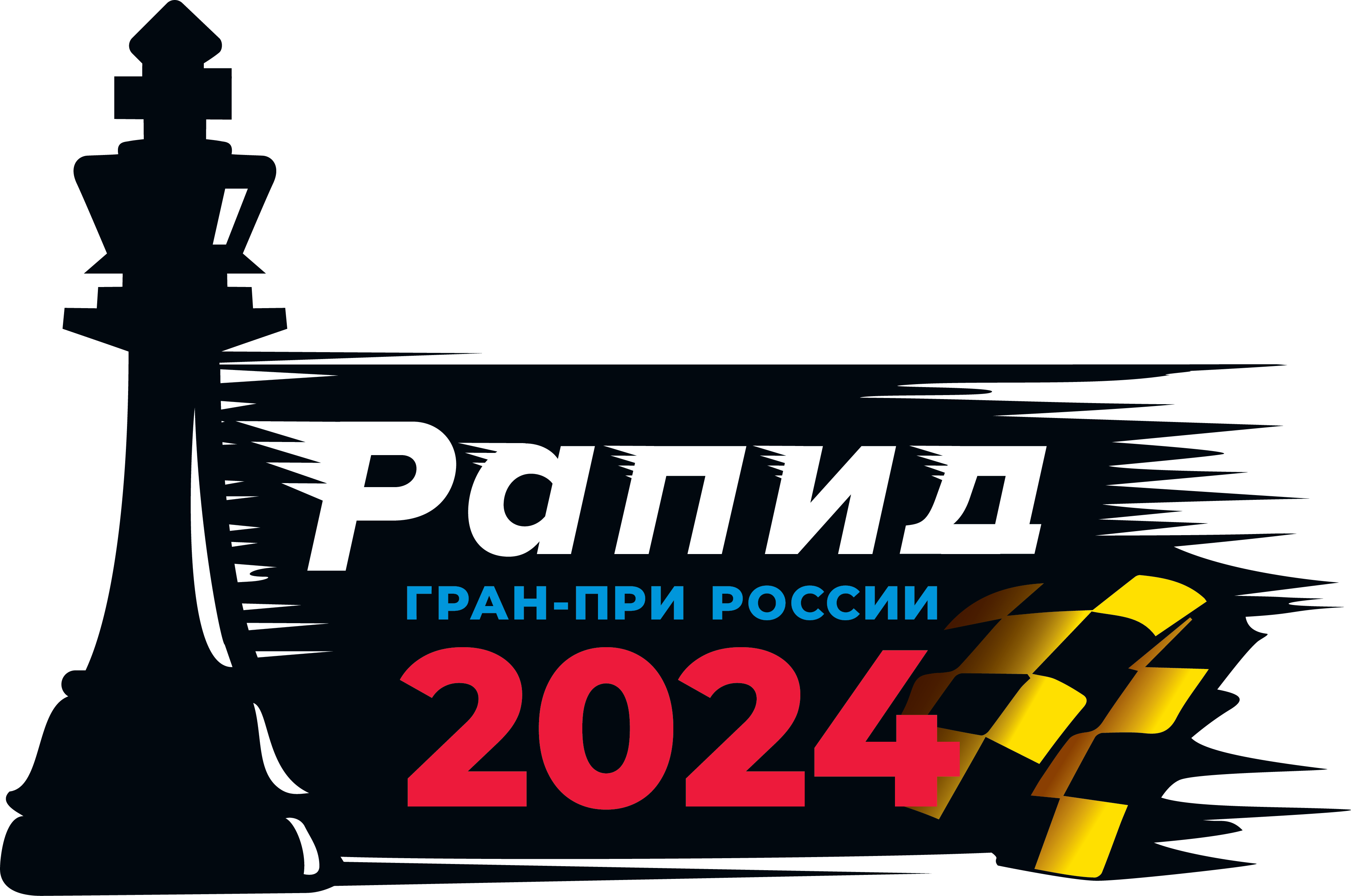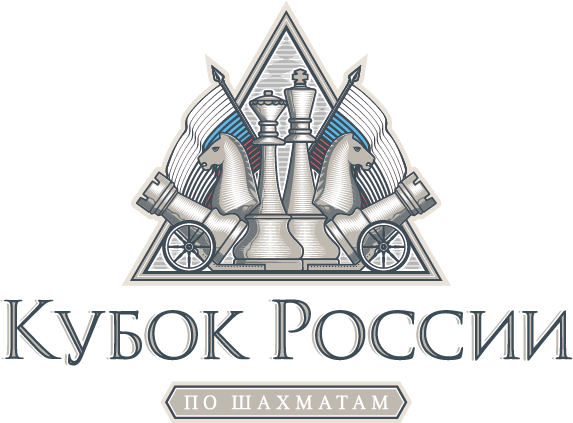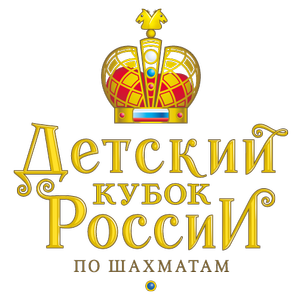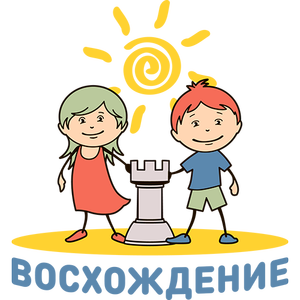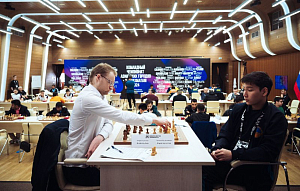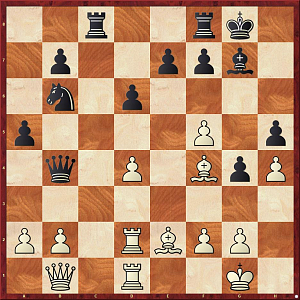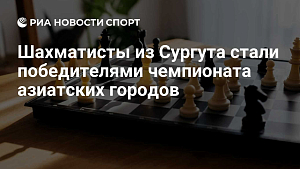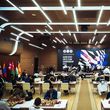Person of day - 7 JANUARY 2024
PAUL KERES
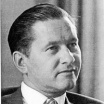
He was 22 when he won the famous AVRO Tournament, where eight of the world’s best chess players participated. Thanks to this, Keres won the right to challenge Alexandre Alekhine to a match, but War hindered their duel. In the next 27 years, Keres fought for the title of world champion, but did not play a match for the crown. However, he came second in candidates’ tournaments four times (!) and this unique fact deserves recognition on its own. As Botvinnik pointed out, it’s uncertain what is more difficult- to win the candidates’ tournament once or to come second four times.
Keres became the Soviet champion three times - in 1947, 1950 and 1951- and won multiple large tournaments, both before the war- in Margate, Vienna, Semmering, Baden-Baden and Prague- and in post-war years, in Zurich, Budapest, Hastings, Mar del Plata and Los Angeles. Like Alekhine, during the War, he had to participate in competitions in the Nazi-occupied parts of Europe. After the War, the grandmaster’s fate hung by a thread. It was known that Keres wanted to leave Estonia before the arrival of Soviet troops, but he failed: the boats from Sweden never came. Fortunately, the Soviet governments treated the spectacular chess player with benevolence and he went on to represent the USSR on the international arena for many years.
Although Keres did not become the world champion, his reputation in the grandmaster world was exceptional. Boris Spassky, who defeated Keres in 1965 in the quarter-final of the candidates’ tournament, wrote: “Paul Petrovich always played at the highest level and controlled the chess Olympus, occasionally rising close to the very top. Almost certainly, he was the best in the world at some point, both in rating and in his chess style.” Botvinnik, who often referred to him as “my friend Paul”, claimed that “as a tournament fighter, Keres was not inferior to anyone on the globe.”
Keres was one of the first all-round players in chess. He could attack brilliantly and defend competently, he possessed great technique and contributed much to chess theory. His findings touched on the Spanish Opening, the Sicilian Defence and the Nimzo-Indian Defence. He also performed thorough analysis of the endgame.
“Without doubt, Keres was a chess genius, but there were true geniuses before, like McDonnell, Zukertort, Chigorin, Tarrasch and Pillsbury who could only enjoy the role of a brilliant second”, wrote Tartakower in 1938. He turned out to be prophetic. Keres was “always second”, but that did not prevent him from occupying a respectable place in chess history.
Paul Keres died in June 1975 in Helsinki. Botvinnik called his untimely death as the chess world’s greatest loss since the death of Alekhine. In his homeland, Paul Keres became a national hero, whose memory Estonians honour. In Tallinn, tournaments in his name are staged regularly.
Paul Keres is the only chess player in history to be depicted on a national currency - a note for five Estonian kroons. On the hundredth anniversary of his birth, a two-euro coin was produced with his Paul Keres’ portrait.





